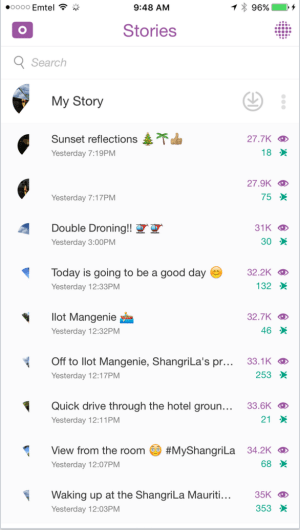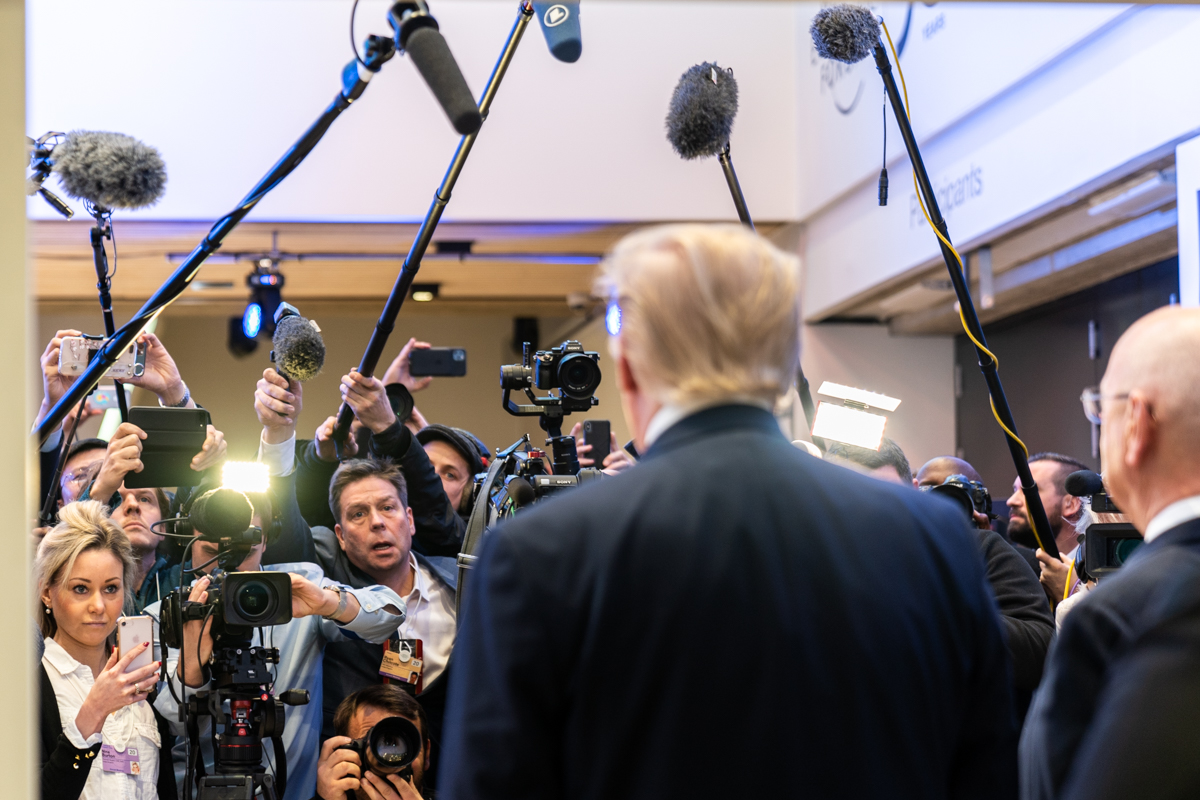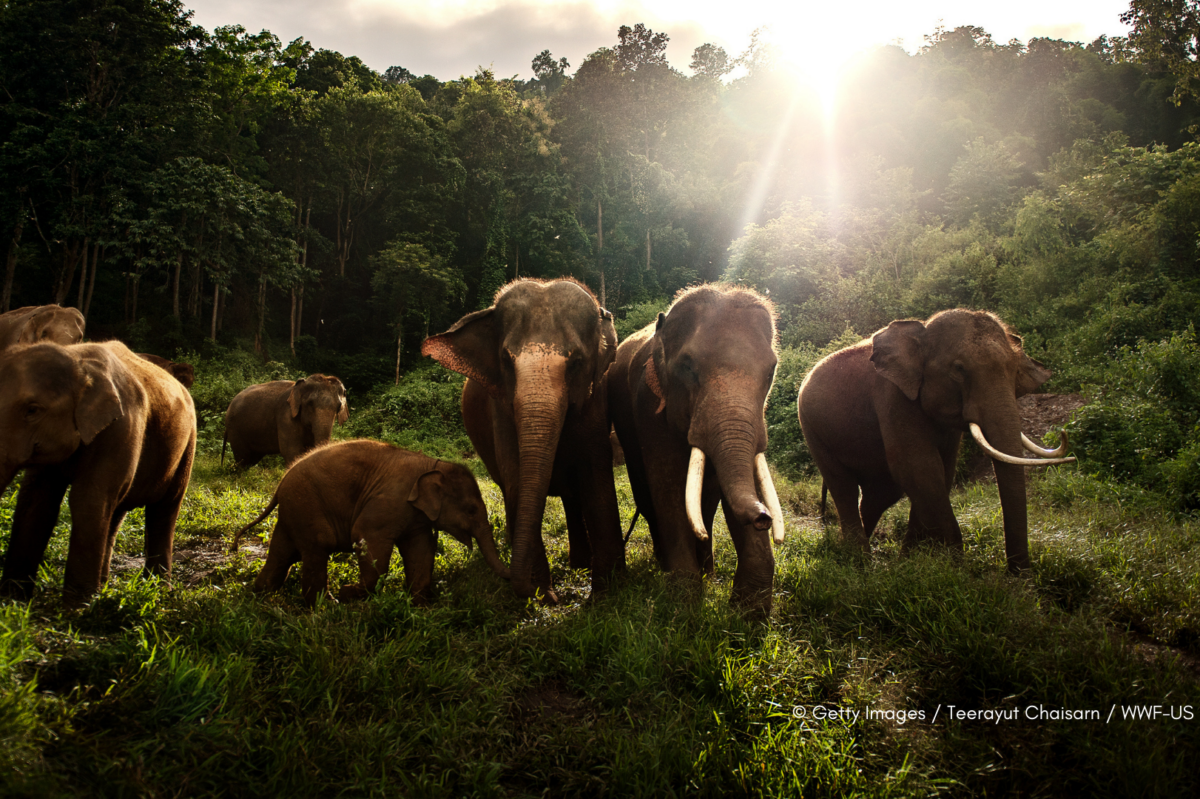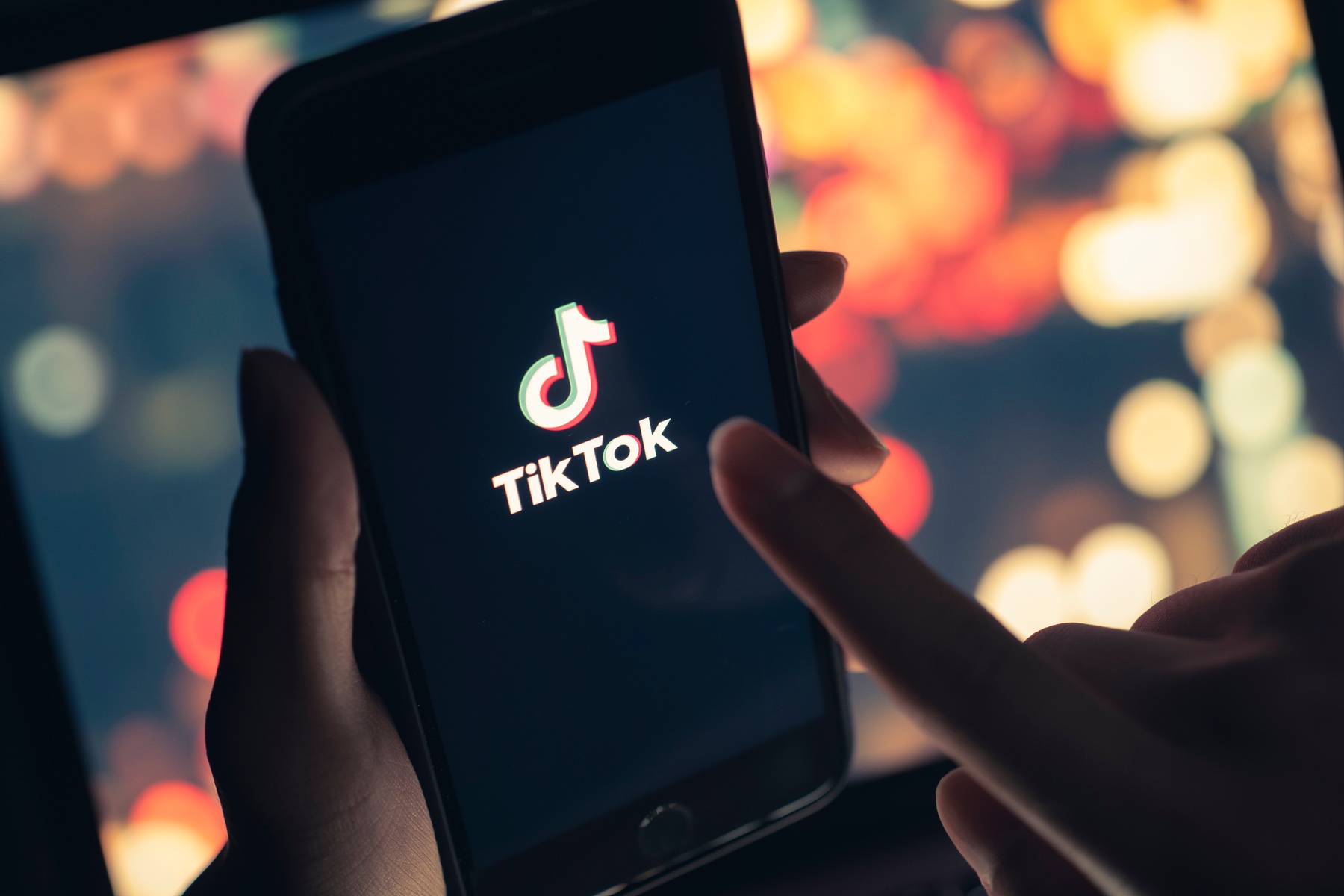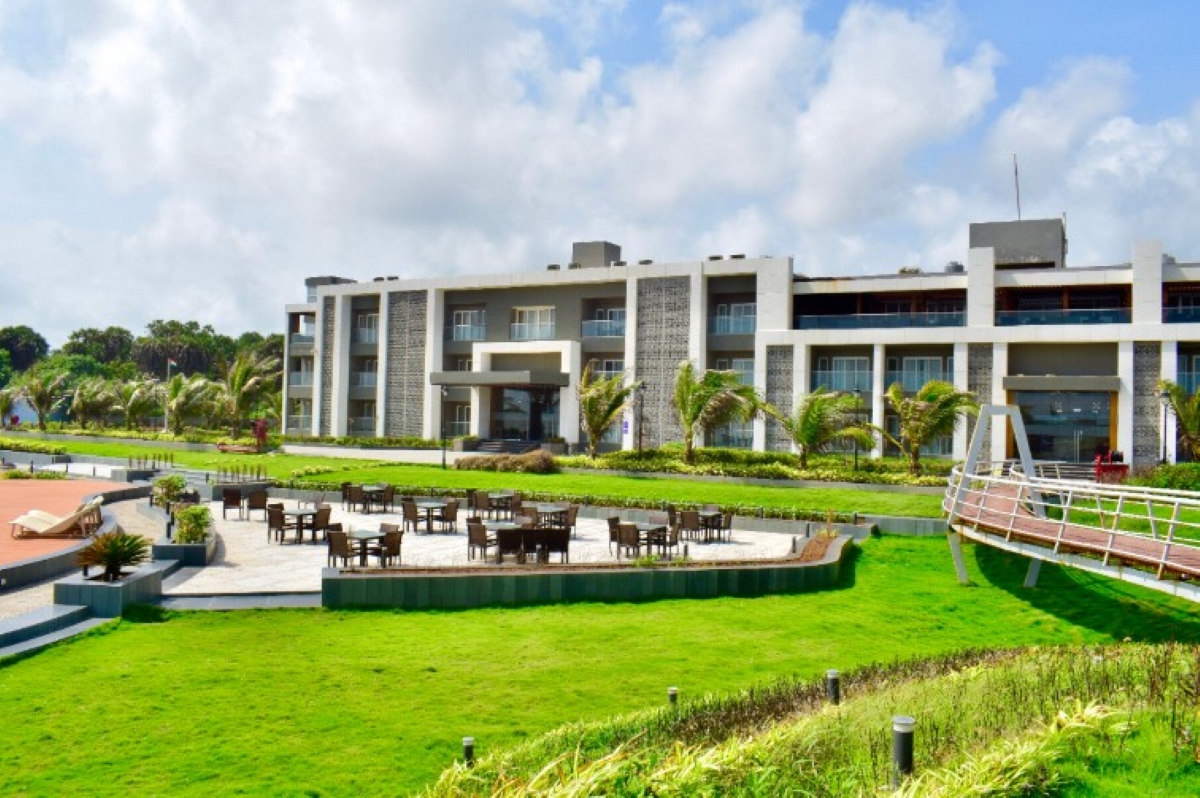Travel Brands Are Missing Out on Snapchat Right Now
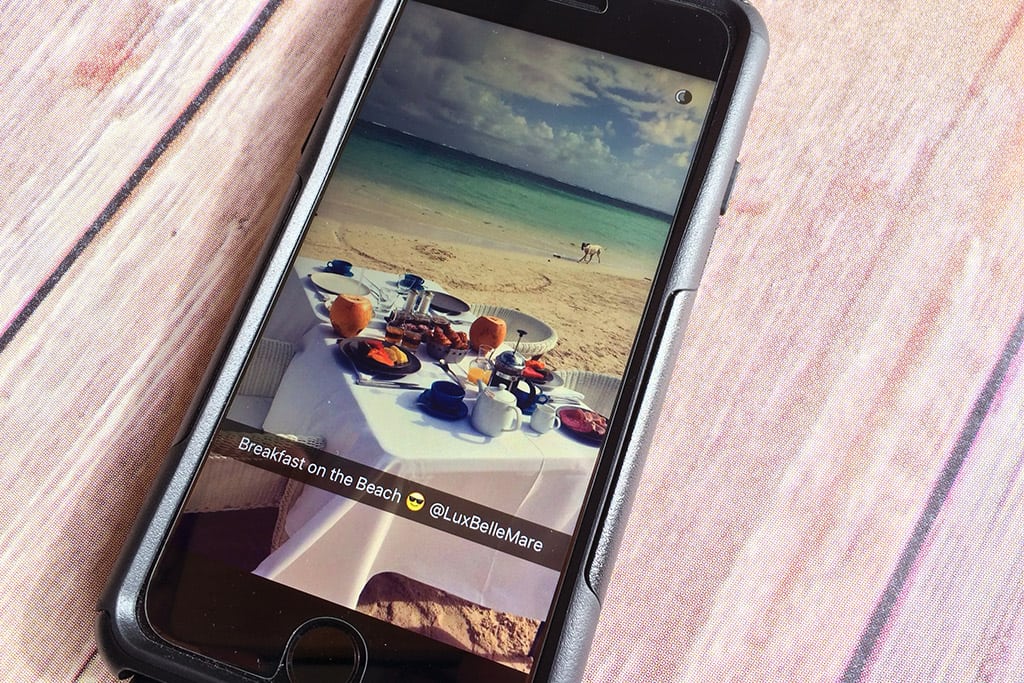
Skift Take
With 100 million active users and seven billion daily video views Snapchat is already seen as a maturing platform by several brands from television networks to lifestyle publications.
But so far most travel brands haven't taken the bait.
Considering 45% of Snapchat's users are aged 18 to 24 years old, the highest percentage for that age bracket compared to any other social network according to comScore, maybe brands are wary of spending time and money with an age demographic that likely won't convert to a lot of bookings.
Instagram and Facebook's user demographics are more distributed in comparison; some 23% of Instagram's users are in the 18 to 24-year-old group and 26% are between 25 to 34 years old, while for Facebook, 18% of users are 18 to 24 years old, 22% are 25 to 34 years old, and 19% are 35 to 44 years old.
Some brands, though, see an opportunity in introducing themselves to these younger audiences and integrating their stories into those of Snapchat influencers they work with, even without an immediate expectation for bookings. Marriott Hotels, a prime example, was one of the first travel brands to join Snapchat last year and worked with four influencers in its first campaign for the platform. The influencers essentially had free reign to tell their stories using Marriott Hotel's channel during their respective portions of the campaign which garnered 24.1 million total views.
"We told our influencers that we didn't want them to integrate our hotel into their stories," said David Beebe, vice president of Marriott International's global creative and content marketing. "Instead, we want the consumer to realize that our hotels enabled the influencers to have the experiences that they had."
"Rather than trying to sell [guests] something or interrupt them at first, we want to give them something that entertains and informs them. We want to build that relationship with them and then ask for that sell. That's when we can say 'hey, we also sell hotel rooms.' We're super excited to [eventually expand Snapchat] across more of our brands."
Courtyard Marriott (the NFL's official hotel sponsor) will run ads on the Super Bowl 50 live Snapchat story this Sunday, though it doesn't have its own Snapchat channel. Courtyard Marriott told Skift the brand wants to learn if these ads will hit the 24 to 35-year-old age demographic.
"One of the reasons why we haven't put all Marriott brands on Snapchat is not only because we want to test and learn but also because not every brand is appropriate for every channel," said Beebe. "We want to make sure that there's strategy behind what we're doing. You don't need to be on every channel."
"With the Courtyard Marriott Snapchat ads, those won't feel as disruptive in nature as Courtyard is an official NFL sponsor and the audience is already aligned and the ads will be relevant to them in that moment in time...This is why [Marriott] never inserts itself into [another brand's creative]. It's always partnering directly with that creative community and building a strong relationship and figuring out how our characters and hotels help tell the story."
Beebe also said Marriott Hotels is out of the experimental stage with Snapchat that was ongoing throughout its campaign last year. The brand is gearing up to launch another Snapchat influencer campaign this year with its Autograph Collection and Moxy Hotels as it gets more of its brands on Snapchat.
Making Multi-Platform Content
Beautiful Destinations is one of the more followed brands on Instagram, in travel and otherwise, claiming 8.3 million followers between its Destinations, Hotels, Cuisines and Matters accounts.
Taking its mesmerizing Instagram photos to Snapchat and using them to build a larger story is a natural flow for the brand. It didn't need to reinvent its strategy and content so it can hop on a new platform. Beautiful Destinations receives an average of 40,000 views for each snap it puts on its Snapchat channel but its unsure of the exact size of its Snapchat community. That's because Snapchat doesn't tell brands their follower counts, though most brands currently on Snapchat use their average number of views as a proxy for how many followers they have, said Jeremy Jauncey, founder of Beautiful Destinations.
Beautiful Destinations works with other travel and lifestyle brands to produce content for their Instagram and Snapchat accounts such as Food & Wine Magazine and also recently worked with the Hong Kong Tourism Board, the Shangri-La Mauritius and Starwood's The Luxury Collection Koh Samui, Thailand.
During his talk at Skift Global Forum in October (watch video) Jauncey said the travel industry has been the second slowest industry after financial services to adopt Instagram. He's not surprised that Snapchat has followed an even slower track in travel.
"We're telling our clients that there's really value in building both [Instagram and Snapchat audiences]," said Jauncey. "We'll showcase a beautiful property on Instagram with the call to action to jump over to our Snapchat if you want to see the story behind this fantastic photograph."
"Snapchat is definitely more raw and there isn’t that filtering capability that you have with Instagram. Instagram shares that final, really iconic snapshot moment of a beautiful hotel pool that you’re at, but Snapchat can tell the story of how you got there before and after that moment. All of the things that work really well on Instagram translate well on Snapchat for us."
"But I can understand [some of the hesitation with travel brands joining Snapchat] and I think there's a couple things going on there. One of them is certainly the audience. Why would a travel brand spend money on an audience that isn't necessarily going to translate into clicks and bookings? And also, and I think this is an opportunity, Snapchat's analytics aren't as developed as Instagram's. Maybe a month or two ago, one of [Snapchat's] largest investors took quite a big write-down on the value of the business because of the lack of analytics. Some big headline brands that had been advertising with Snapchat also agreed that the analytics aren't as developed as they could be."
Snapchat's Fast-Paced Nature
Jauncey said most brands go through lengthy processes to get content approved for marketing campaigns for social media and other platforms. That's a major inhibitor especially for joining and being successful on Snapchat but can also hurt brands on other platforms.
"Social media doesn't work like that," said Jauncey. "There's absolutely nothing wrong with trying Snapchat and getting it completely wrong. The content will go away in 24 hours and the community is very willing to accept and embrace new content."
"Brands are very used to creating production grade content which of course is incredibly important. But brands need to understand that Snapchat is much more raw and in the moment...investing in that kind of content creation is no where near as expensive as creating production ready video. But it definitely is an investment because you need to create content on a daily basis."
"I think that'll be the key hurdle travel brands will need to get over with the understanding that they don't need to have a top quality production with Snapchat and also realize that they'll need to invest a lot of time with a Snapchat channel."
For its Snapchat takeovers, Beautiful Destinations generated more than two million impressions for the Hong Kong Tourism Board during its one-week takeover of the Beautiful Destinations account, more than one million impressions for The Luxury Collection Koh Samui, Thailand during its three day takeover and more than 320,000 impressions for the Shangri-La Mauritius during its 24-hour takeover. The latter had done some work with Snapchat prior to its takeover but the Hong Kong Tourism Board and The Luxury Collection didn't have their own Snapchat channels and hadn't used the platform before these takeovers.
While these takeovers occurred on the Beautiful Destinations channel which already has a devoted following, these brands probably wouldn't enjoy the same results had they done these snaps on separate channels. But that exposure surely helped those brands figure out the viability of building their own Snapchat channels.
"Snapchat has also been extremely insightful when it comes to creating and delivering professional "social first" content," said Tom Jauncey, Beautiful Destinations head of sales and partnerships who works on its Snapchat channel. "We'll test shots on Snapchat first to see how they perform. We can gauge that performance by the number of screenshots shared. We call this "social proofing", which is real-time feedback from our community and a good indicator that a shot will perform well as a delivered piece of client content or a post on our Instagram channels."
"With the Shangri-La takeover, we were actually getting real-time feedback from users asking to see more rooms in the property. We saw a similar example of this with the angle of the Amsterdam canals (see featured image above) which was recently our top performing snap of the day with more than 300 screenshot shares. We will always take the same shot with our professional equipment. By the time we get around to editing later we'll have real-time insight into the best shot of the night."
Below is a screenshot of how the Shangri-La Mauritius takeover performed:
Source: Beautiful Destinations
Rethinking Return on Investment for Social Media
Most brands aren't like Marriott International and want to see a faster return on investment from any social media campaigns they run rather than telling a story and hoping that years down the road a traveler remembers the brand. Many brands also remain skeptical of running campaigns on some platforms because they have no benchmark to measure the potential economic impact they'll help generate.
That's why Destination Think, a strategic consultancy and marketing agency for destination marketing organizations, created a formula for measuring a social media platform's potential for investment to help brands determine what platforms best fit their needs. It worked with six organizations including Tourism and Events Queensland, Destination British Columbia and Visit England on this formula to determine what percentage of influence five major social networks--Facebook, Twitter, Instagram, YouTube, and Pinterest--have on a traveler's decision to book a trip. Snapchat wasn't considered given its low adoption rate with travel brands.
The formula takes the average dollar amount a consumer spends during a trip in a destination and multiplies that by the percentage influence of a particular social network and by an engagement measure for each platform (an example follows).
Based on analysis of these brands, Destination Think found that Facebook has 4.5% influence, the most of any social network, followed by YouTube with 3%, Instagram (2.2%), Twitter (1.5%) and Pinterest (1.3%). Those numbers may seem small but considering the vast array of sources travelers get information from Destination Think feels Facebook's 4.5% is a high percentage, said William Bakker, the consultancy's chief strategist.
"This [return on investment issue] is very unique to DMOs because they're such a unique vertical in the [booking process] because they don't sell anything and they're often operating earlier in the funnel," said Bakker.
"When you think about all the sources of information out there, from word of mouth to advertising to social channels outside of the DMO to email marketing, when you add these numbers you get up to more than 10%. That's the average percentage of influence that all of those things have on a travel decision. The challenge for brands is that they have 10,000 Facebook likes or 100,000 Instagram followers...but what does that mean? With this formula we've established a dollar value for what the economic impact would be for each social channel and this is something everyone understands."
For example, using this formula for a destination in Europe to measure Facebook's potential on investment for a destination, the average U.S. consumer spends 2,000 euro in this destination. Multiply that by 4.5% (average influence percentage for Facebook) and by 100 (the destination's unique Facebook users who liked, commented or shared content from a campaign on the platform). The result is 902,000 euro, the dollar amount representing the economic impact a destination can expect from a Facebook campaign.
“The challenge that [DMOs] all have….they’re really responsible for generating demand in a destination," said Bakker. "Let’s focus on the demand that they're actually generating."
Bakker said he and his team plan to look at the percentage influence of content that travelers organically share on their own social media about destinations and what impact a destination's website has on purchase decisions.
